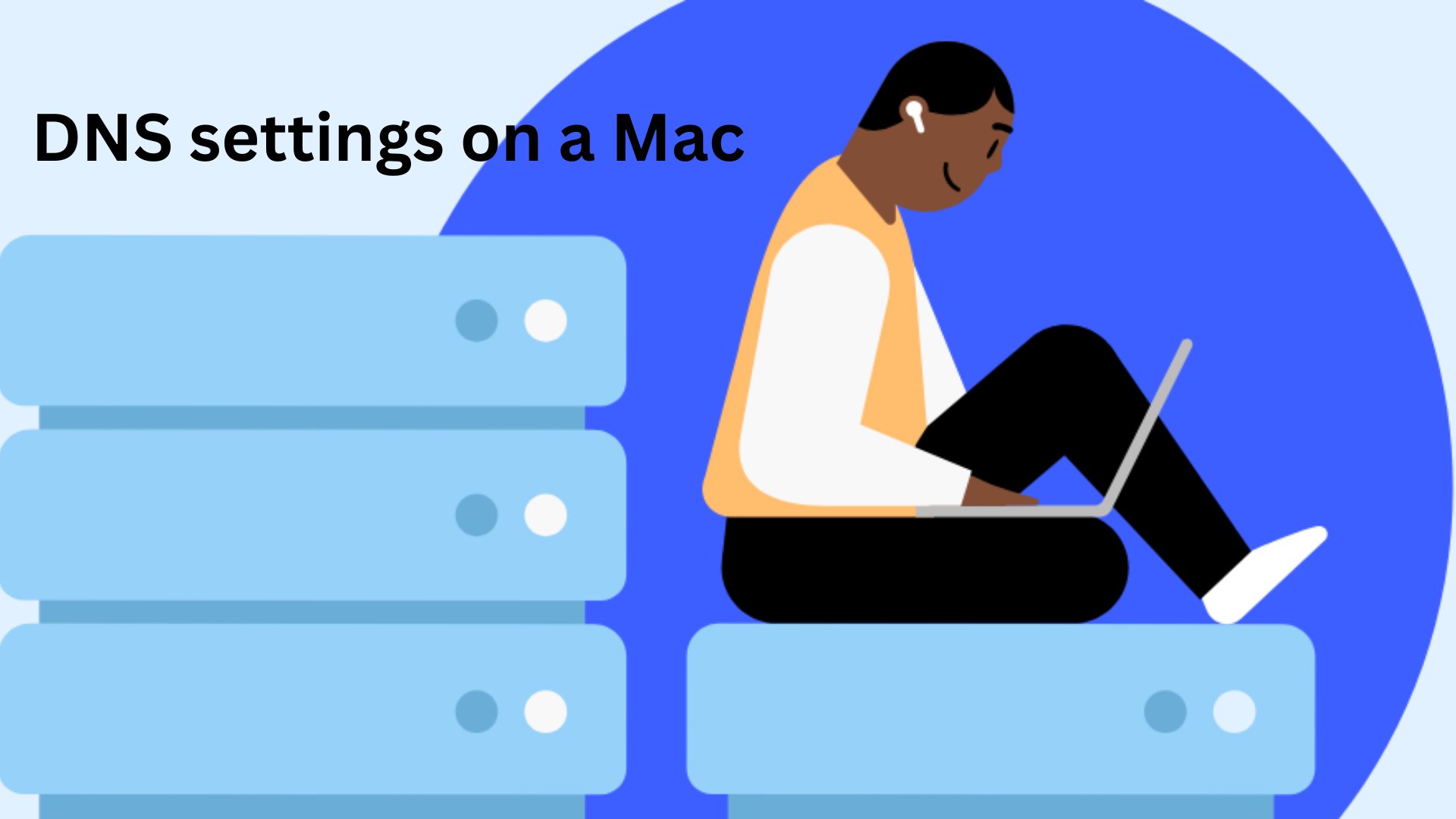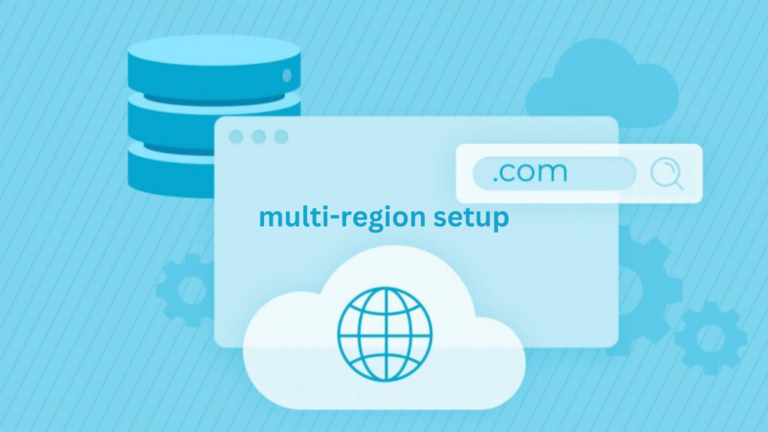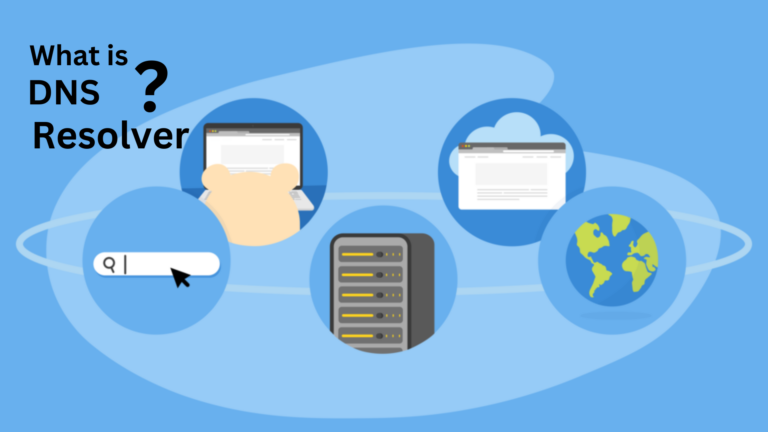How do I check my DNS settings on a Mac?
If you’re having trouble connecting to the internet or certain websites load slowly, your DNS settings might be the issue. DNS (Domain Name System) helps your computer find websites by translating domain names (like google.com) into IP addresses. Checking your DNS settings on a Mac is easy. Here’s how you can do it.
Method 1: Check DNS Settings Using System Preferences
- Open System Settings: Click on the Apple menu () in the top-left corner and select System Settings (or System Preferences on older macOS versions).
- Go to Network Settings: Click on Network from the sidebar.
- Select Your Active Connection: Choose the network you are connected to, whether it’s Wi-Fi or Ethernet.
- Go to Advanced Settings: Click Details (or Advanced in older macOS versions) at the bottom right.
- Check DNS Settings: Select the DNS tab. Here, you will see a list of DNS servers your Mac is using.
- Make Changes (If Needed): To add a new DNS server, click the + button and type the new DNS address. To remove a DNS server, select it and click the – button.
- Save and Apply: Click OK and then Apply to confirm changes.
Method 2: Check DNS Settings Using Terminal
If you prefer using the command line, you can check your DNS settings using Terminal.
- Open Terminal: Press Command (⌘) + Space, type Terminal, and press Enter.
- Run the Command: Type the following command and press Enter:
scutil --dns- Read the Output: This will display detailed DNS settings, including active servers your Mac is using.
Method 3: Check DNS Settings Using Network Utility
If you’re using an older macOS version, you can use Network Utility:
- Open Network Utility: Press Command (⌘) + Space, type Network Utility, and press Enter.
- Go to the Info Tab: Select your active network connection.
- Check DNS Servers: Look for the DNS server addresses listed.
Why Check Your DNS Settings?
Here are some reasons why you might want to check or change your DNS settings:
- Slow Internet Speed: Switching to a faster DNS server can improve page load times.
- Blocked Websites: Some DNS servers block certain websites, so changing them can help access restricted sites.
- Security Concerns: Using a secure DNS provider can protect against phishing attacks.
- Network Issues: If your internet is not working, the problem might be with the DNS settings.
Recommended DNS Servers
If you want to change your DNS for better speed and security, here are some popular options:
| DNS Provider | Primary DNS | Secondary DNS |
|---|---|---|
| Google DNS | 8.8.8.8 | 8.8.4.4 |
| Cloudflare | 1.1.1.1 | 1.0.0.1 |
| OpenDNS | 208.67.222.222 | 208.67.220.220 |
Final Thoughts
Checking your DNS settings on a Mac is simple and can help fix internet speed or connectivity issues. Whether you use System Settings, Terminal, or Network Utility, you can quickly find and modify your DNS settings if needed. If you’re facing network problems, try switching to a reliable DNS provider for a better browsing experience.






